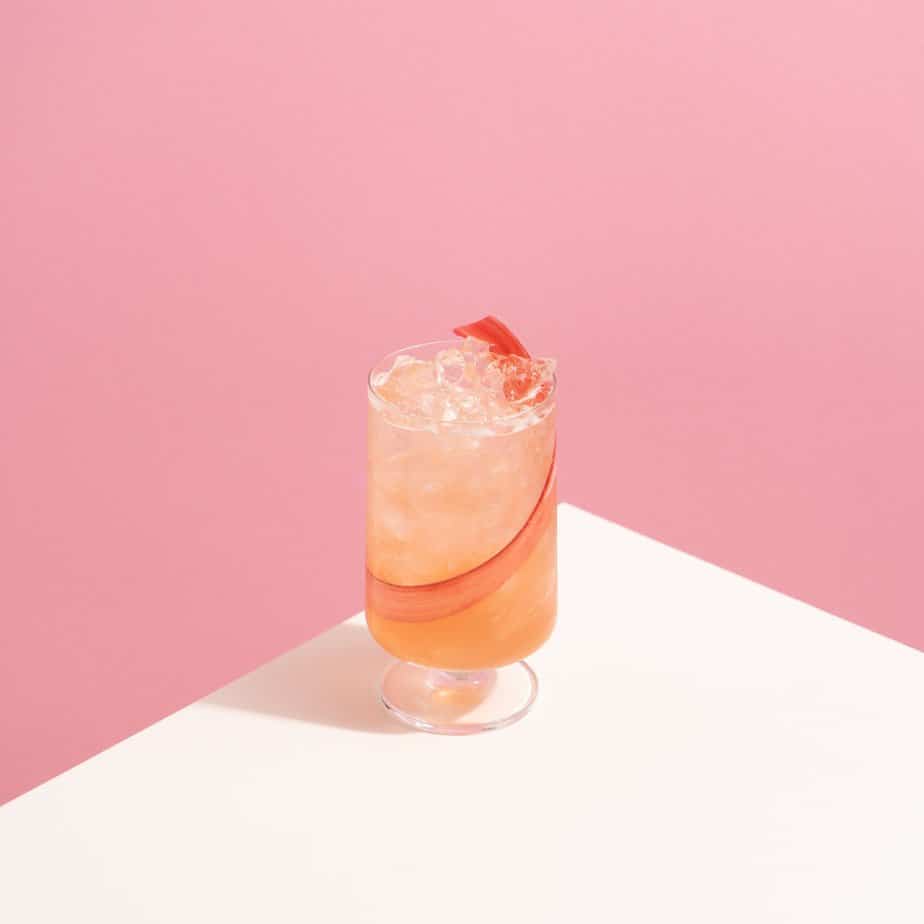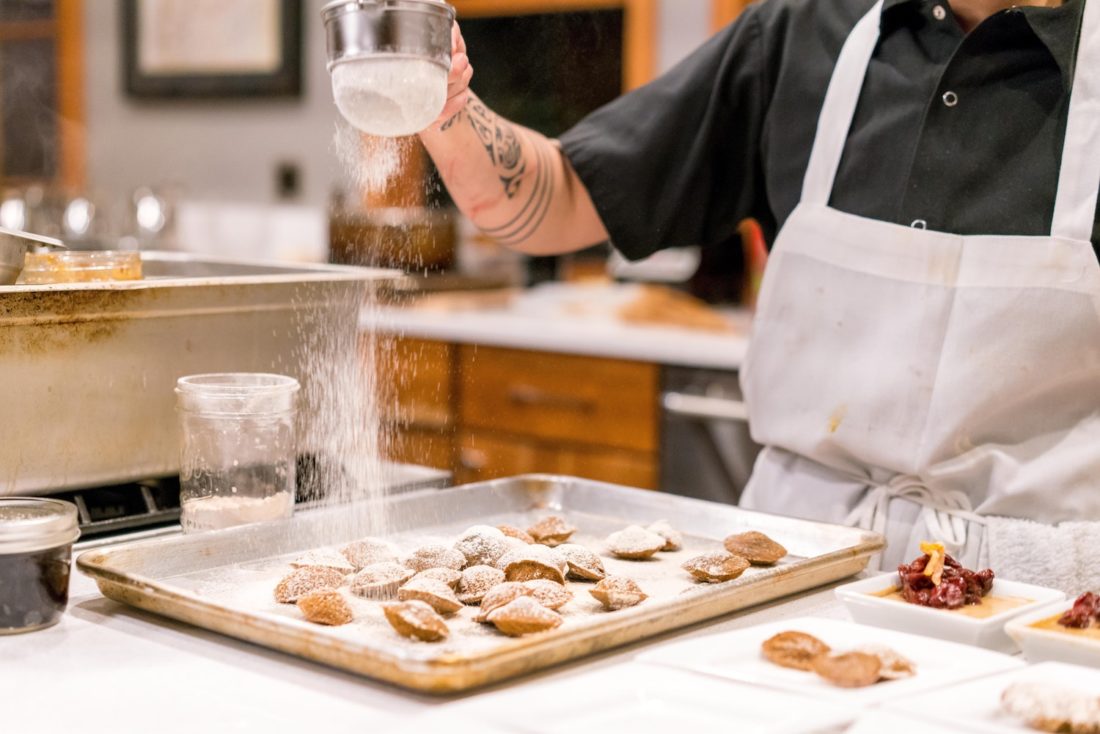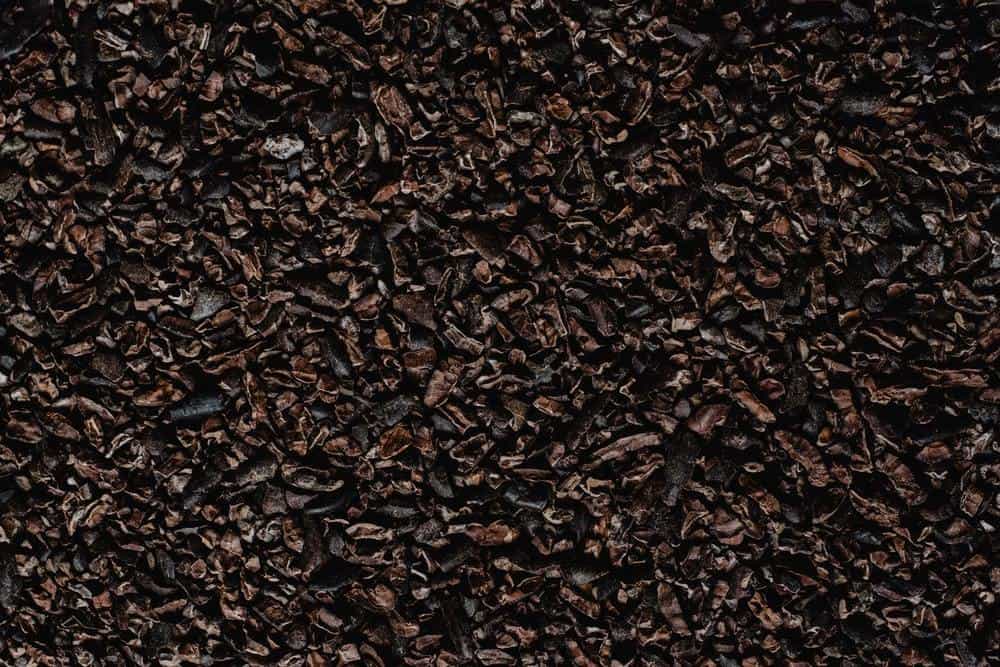A bit of cocoa theory: Where does the cocoa fruit juice come from?
Let's start with a bit of cocoa theory: Just like the cocoa beans, the cocoa pulp, which is essential for the production of cocoa fruit juice, comes from the cocoa tree that grows in tropical areas. Because the fruit of the cocoa tree, the cocoa pod, contains only a small part of the cocoa pods required to make chocolate. The bulk of the pod is made up of the thick husk and whitish flesh that surrounds the beans. The pulp of the cocoa pod, or parts of it, is essential for chocolate production, because with their high sugar content they really get the fermentation of the cocoa beans going. (We answer the question "How is chocolate made?" in this article .) However, not all of the pulp is needed for fermentation and a large part of it still ends up in the bin in the cocoa production process. Too bad, because the pulp is edible and actually really tasty! The taste is reminiscent of a mixture of lychee, mango and white peach. And the exotic-tasting, sweet-and-sour cocoa fruit juice can be made from the same pulp. The Maya already processed the pulp, the part of the cocoa pod that is rather unknown today, and thus consumed the whole cocoa pod. And to this day, cocoa pulp, or cocoa pulp, is valued as a food in Brazil. There it is not only processed into juice, but also into jellies, smoothies or small cakes.

However, the culinary use of cocoa pulp was limited to the Maya period and later to the Brazilian region and was relatively unknown to us. The sad fact that cocoa fruit juice is only now gaining popularity has to do with the not entirely uncomplicated production of the new drink:
How cocoa fruit juice is made
In order to produce the delicious juice, speed is the be-all and end-all. Because of the tropical temperatures in the regions where the cocoa originates, the pulp starts to ferment after just a few hours. This means that immediately after the cocoa pods have been harvested, the farmers have to bring the cocoa pods to the juice press plants. There, the skin and pulp are separated from the cocoa beans and then pressed into juice. The juice then has to be pasteurized, i.e. preserved by the action of heat. Cocoa fruit juice is considered to be similarly sensitive to milk, which is why this step should never be skipped. Such a complex process is of course difficult for cocoa farmers, especially small farmers, to implement. Also because the awareness and thus the demand for this product was not there before. So that explains why we've heard so little about cocoa fruit juice and the possibilities it offers. Of course, this process ensures that there is still enough pulp left on the cocoa beans to get the fermentation going. And the valuable pulp does not end up in the bin, but in the bottle as juice or spritzer.
Is cocoa fruit juice healthy?
Unfortunately, as with all pasteurized juices, many healthy ingredients are lost during the production of cocoa fruit juice due to heating. But: Many remain. This means that many of the vitamins and trace elements contained in the juice reach the end consumer. If you value your health and still want to try cocoa fruit juice, we recommend that you make sure that no additional sugar has been added. The same applies to all juices and foods: the more natural the product has been left and the less additives, flavorings and sugar have been added, the healthier it is.
Advantages of cocoa fruit juice production
What are the benefits of producing this additional cacao product, other than giving us another great cacao product, of course? What has been mentioned several times in this article and probably the most obvious advantage is that the waste in cocoa production is reduced. As much as possible is processed and as little as necessary ends up in the garbage. As far as the farmers are concerned, the biggest advantage of cocoa fruit juice production is that it opens up a completely new source of income for them. Cocoa cultivation usually takes place on a small scale, on micro farms of one to two hectares. After the harvest, most cocoa farmers sell their cocoa beans to international chocolate manufacturers who , sadly, pay them far too little for them. Additional income is generated by being able to use the large portion of the cocoa pod that is not made of beans economically.
Cocoa fruit juice can also be used very flexibly in its application: for example when cooking to refine dishes. Because cocoa fruit juice has a very high fructose content, it can also be used as a natural sugar substitute. Ritter Sport, for example, got wind of this and released the limited edition Cacao Y Nada chocolate last year. In it, Ritter Sport dispensed with the use of conventional sugar and sweetened the square rarity with cocoa fruit juice. In In this article we reported about it and explained why this chocolate still has little to do with fine chocolate for us. What is clear from the use of cocoa fruit juice as a sweetener by industrial chocolate manufacturers such as Ritter Sport: awareness of the sweet drink is growing. This is basically a great thing because, as already mentioned, it opens up a new source of income for many cocoa farmers. The greater the interest in the sweet juice, the more investors are interested in participating financially in the construction of such juice plants and the production of them will be possible in different places.
Where can I get cocoa fruit juice from?
Did we make you want to try this sweet delicacy in this article? Unfortunately, as is so often the case when looking for high-quality, fine and sustainably produced cocoa products, this is where things get tricky. Unfortunately, cocoa fruit juice has not yet arrived in the range of standard supermarkets. A regular visit to our shop is worthwhile for this. If possible, we regularly get the super delicious drink from our friends in Kumasi. Kumasi is a Dutch start-up that was one of the first to recognize the potential of cocoa fruit juice and, together with cocoa farmers from Ghana, developed a process for pressing and preserving it. The cocoa farmers in Ghana and Ivory Coast, who work with Kumasi, increase their income by 30 percent per kilo of cocoa. And we benefit from the Ghanaian-Dutch ingenuity in the form of the sparkling, delicious spritzer, which we like both pure and as a mixed drink!




